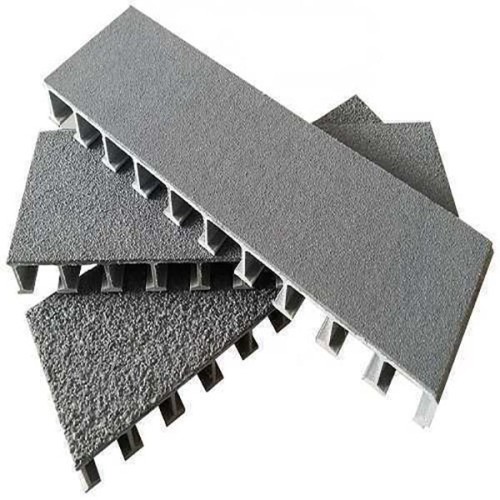Fiberglass Deck Panel: Ultimate Guide to Durable, Low-Maintenance Outdoor Flooring
What Are Fiberglass Deck Panels?
Fiberglass Deck Panels, also known as FRP deck panels or composite fiberglass decking, are engineered structural surfaces designed for outdoor and industrial applications. These panels combine fiberglass-reinforced plastic (FRP) with resin to create lightweight, corrosion-resistant decking solutions. Unlike traditional wood or concrete, fiberglass deck boards excel in environments requiring durability, slip resistance, and minimal upkeep.
Manufacturing Process & Material Composition
Fiberglass Deck Panels are crafted through a pultrusion process, where continuous strands of glass fibers are saturated with thermosetting resin and pulled through a mold. This method ensures uniform strength and consistency. The result is a high-strength deck panel resistant to moisture, UV rays, and chemical exposure. Some variants incorporate anti-slip textures or fire-retardant additives for specialized use cases.
Classification & Specifications
Fiberglass decking systems are categorized by load capacity, surface texture, and panel dimensions. Common types include:
- Standard FRP Grating Panels: Ideal for walkways, bridges, and industrial platforms.
- Anti-Slip Fiberglass Deck Tiles: Used in pool surrounds, marine docks, and commercial staircases.
- Heavy-Duty Fiberglass Balcony Deck Systems: Engineered for high-traffic residential or public spaces.
Standard thickness ranges from 1" to 2", with customizable lengths up to 20 feet. Panels are rated for live loads between 300 lbs/sq ft (residential) and 1,000 lbs/sq ft (industrial).
Applications of Fiberglass Deck Panels
These panels are versatile, serving as:
- Outdoor Porch Flooring: Replaces rotting wood in homes.
- Marine Decking Solutions: Withstands saltwater corrosion on boats or docks.
- Rooftop Patio Panels: Lightweight alternative to concrete slabs.
- Industrial Walkways: Non-conductive and chemical-resistant in factories.
Fiberglass vs. Traditional Decking Materials
- Durability: Unlike wood, fiberglass deck boards won’t warp, splinter, or attract pests.
- Maintenance: Requires no sealing, staining, or painting—unlike timber decks.
- Weight: 75% lighter than concrete slabs, reducing structural support costs.
- Safety: Slip-resistant fiberglass panels outperform slick composite or metal surfaces in wet conditions.
Installation Guidelines
Installing fiberglass deck panels involves:
- Preparing a level substructure (steel, aluminum, or treated wood).
- Securing panels with corrosion-resistant fasteners or adhesive.
- Adding edge trim for a finished look.
Fiberglass decking systems feature the design with interlock grooves, enabling DIY-friendly assembly without specialized tools.
Why Choose Fiberglass Deck Panels?
For homeowners and engineers alike, fiberglass decking combines longevity with practicality. Its weather-resistant, low-maintenance properties make it a cost-effective alternative to pricier materials like tropical hardwoods or poured concrete. Whether designing a backyard patio or an offshore platform, fiberglass deck systems deliver unmatched performance in harsh environments.

